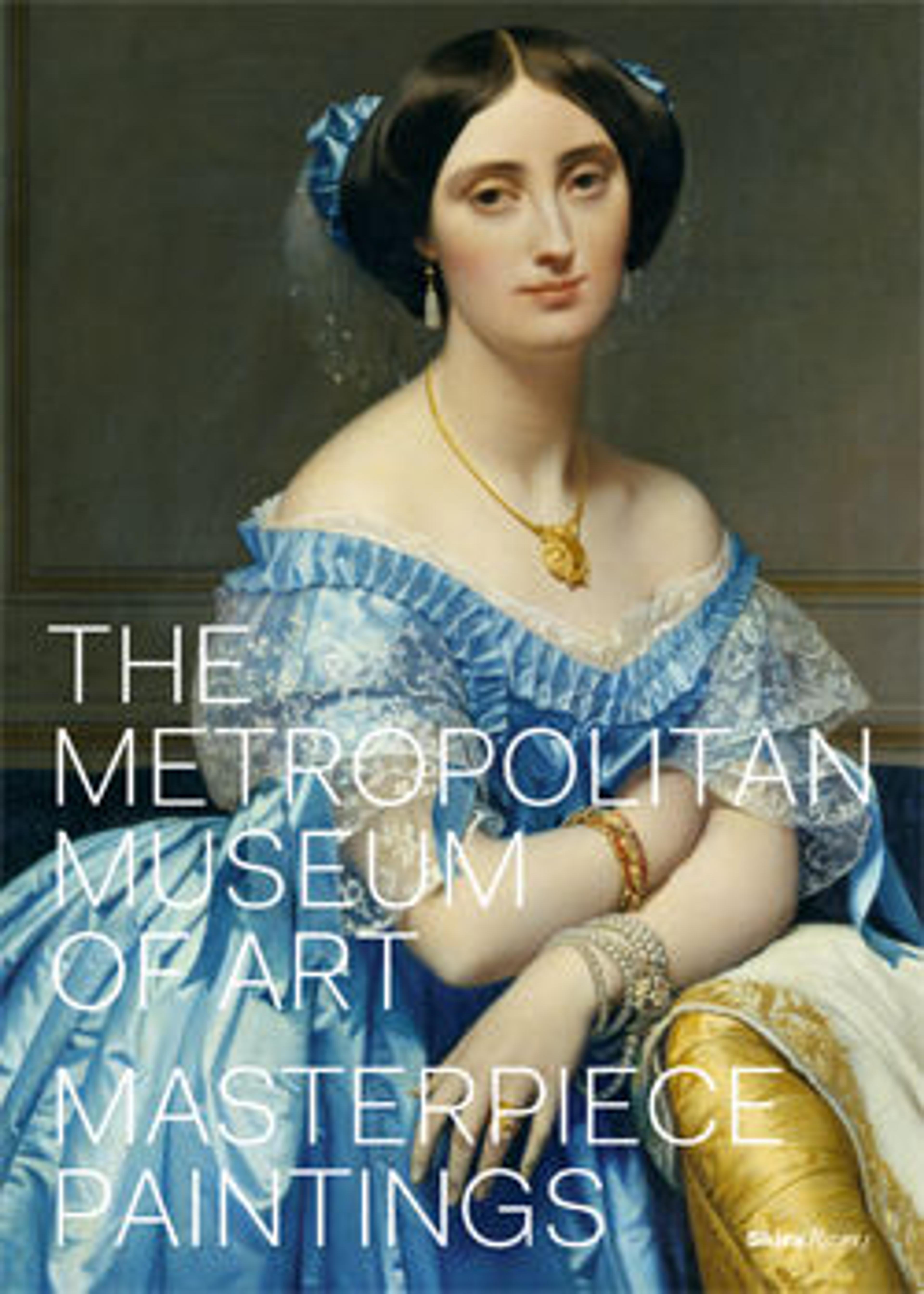Christ Crowned with Thorns
An artist of astonishing originality, Antonello combined a Netherlandish mastery of description with an Italian emphasis on formal presentation and expression. This painting may date as early as 1470. To increase its function as an aid to meditation, Christ is shown behind a parapet—a convention Antonello appropriated from portraiture. The device enhances the effect of Christ’s physical presence and suffering: "a Man of sorrows and acquainted with grief" (Isaiah 53:3).
Artwork Details
- Title:Christ Crowned with Thorns
- Artist:Antonello da Messina (Antonello di Giovanni d'Antonio) (Italian, Messina ca. 1430–1479 Messina)
- Medium:Oil, possibly over tempera, on wood
- Dimensions:16 3/4 x 12 in. (42.5 x 30.5 cm)
- Classification:Paintings
- Credit Line:The Friedsam Collection, Bequest of Michael Friedsam, 1931
- Object Number:32.100.82
- Curatorial Department: European Paintings
More Artwork
Research Resources
The Met provides unparalleled resources for research and welcomes an international community of students and scholars. The Met's Open Access API is where creators and researchers can connect to the The Met collection. Open Access data and public domain images are available for unrestricted commercial and noncommercial use without permission or fee.
To request images under copyright and other restrictions, please use this Image Request form.
Feedback
We continue to research and examine historical and cultural context for objects in The Met collection. If you have comments or questions about this object record, please contact us using the form below. The Museum looks forward to receiving your comments.
